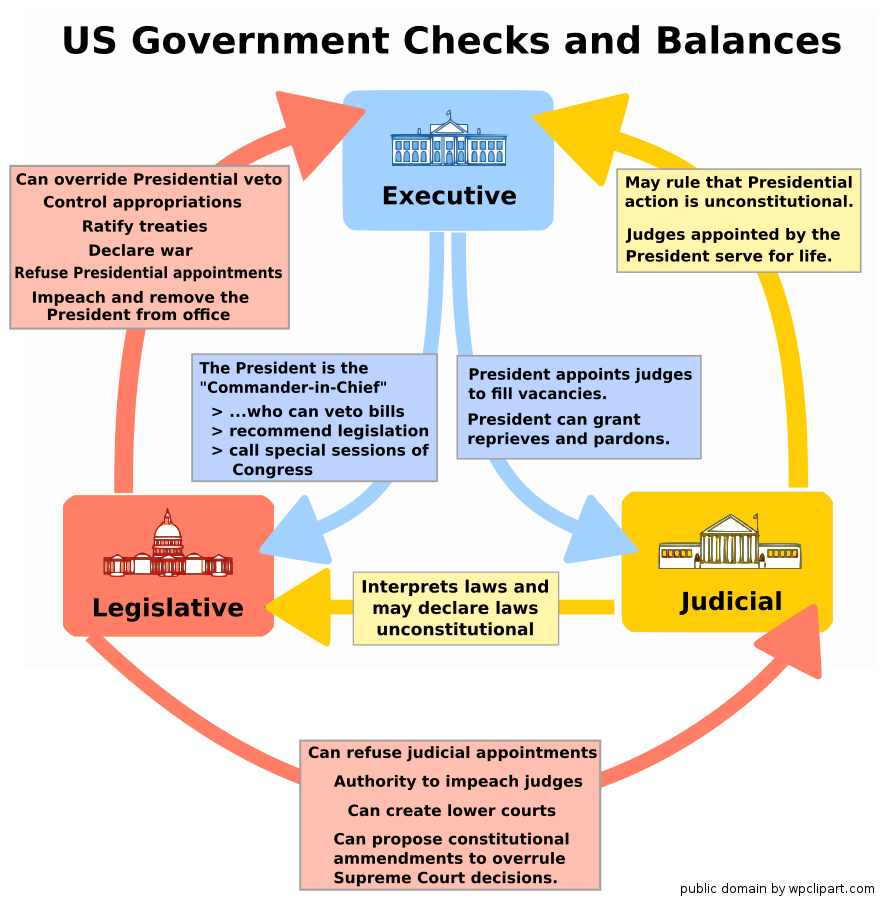- Aug 29, 2015
- 1,485
- 5,585
Let's collect 'em here.
Both existing visuals and ideas for new ones are welcome.
Both existing visuals and ideas for new ones are welcome.
Last edited:










actually the guy in the cartoon throwing all the money in the air should have a beard and pony tailBlock size




Animated block size

Developer decentralization

Animated developer decentralization

Satire


another use case for the 21 computer?Another way would be to have a "faucet" of newly mined coins that gives out a fraction of a penny for free. Once you have one of these coins in your wallet, you could use the "advanced feature" where you can select your input coins to mix that fraction of a penny into your other addresses.
I think by the time exchanges are actually engaged in fork arbing, that perception issue is mostly dealt with. After all, the very idea of fork arbing is that the investors decide what Bitcoin is.Its just another way of tacitly admitting "we are not the real bitcoin".
Good, I think that's OK for fork arbing because there is no way to do the arb process without trust anyway.So, yes, your idea of sending your coins to an arb exchange via a single txn on both forks, and then letting that arb exchange coinjoin them is the easiest way to do it. But requires trust.
Very interesting! Even without exchanges arbing or even in the case where arb results in two viable forks, this makes it seem like a fairly simple matter of:Another way would be to have a "faucet" of newly mined coins that gives out a fraction of a penny for free. Once you have one of these coins in your wallet, you could use the "advanced feature" where you can select your input coins to mix that fraction of a penny into your other addresses.





